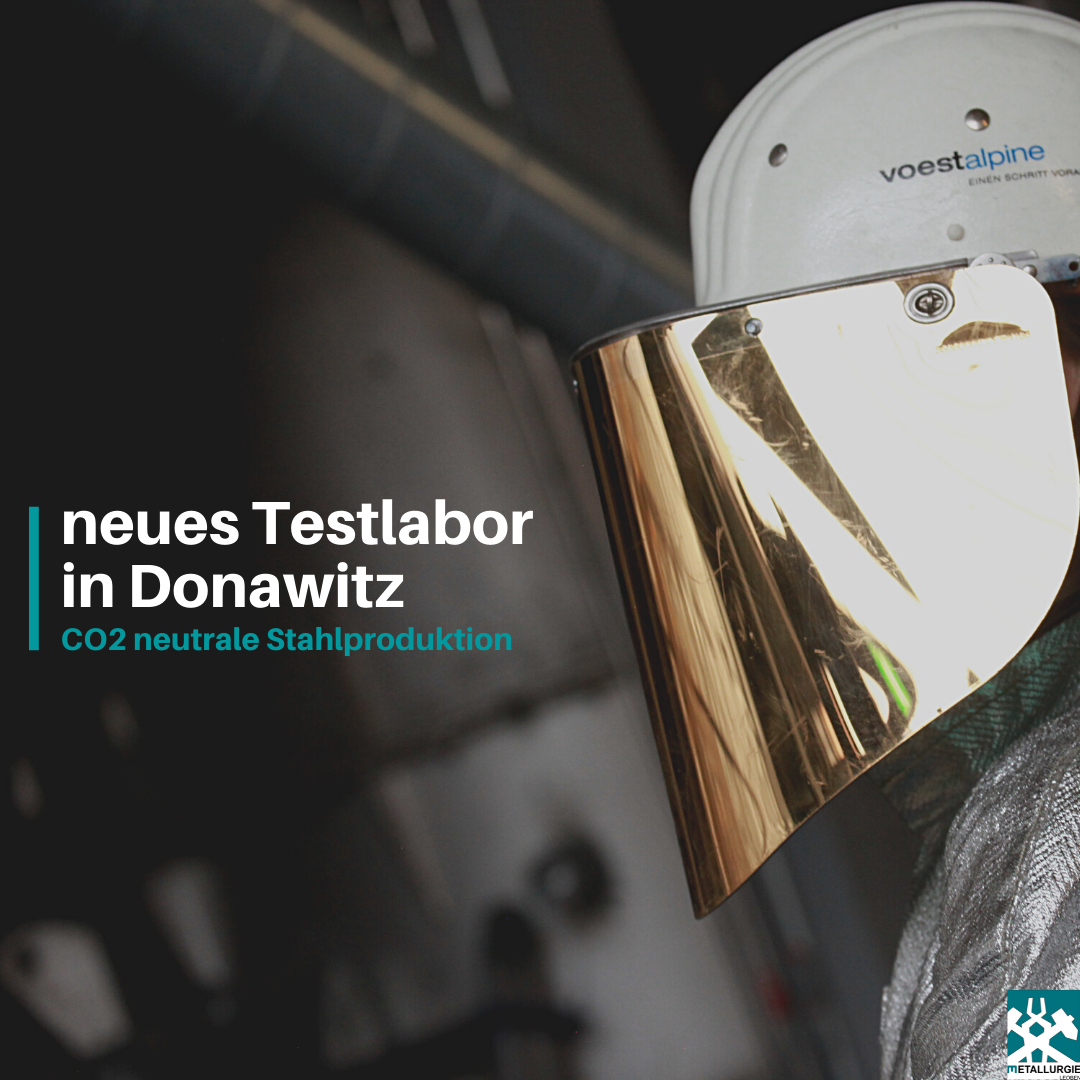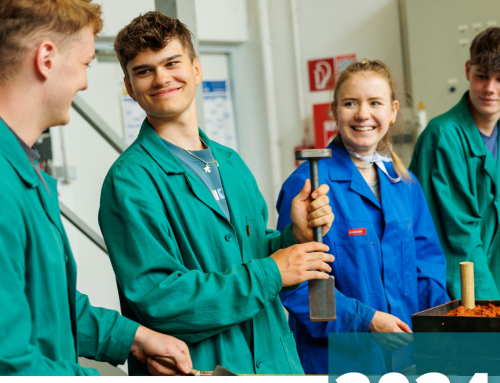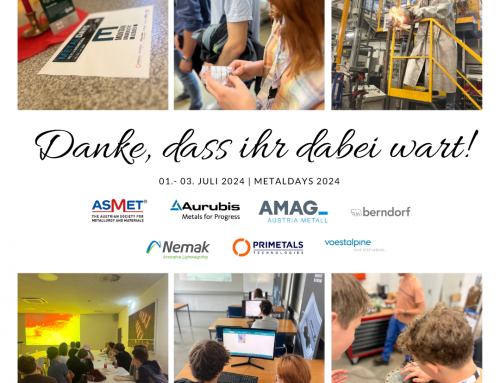voestalpine is taking further concrete steps on the way to CO2-free steel production: “green” steel production is now being tested in a new test laboratory in Donawitz.
voestalpine is planning to invest large sums of money to switch from coal-based blast furnaces to electric arc furnace technology. The goal is to use electricity from renewable sources. Starting in summer 2022, the necessary construction sites will be cleared and the necessary conversion work will begin at the two sites in Linz and Donawitz – read more in voestalpine sets course for climate neutrality (23.3.2022).
New test laboratory in Donawitz presented
On Wednesday, voestalpine Group CEO Herbert Franz Eibensteiner and CEO Kainersdorfer, who also heads the Metal Engineering Division, provided more detailed insights and also presented a new test facility in Donawitz: This is to be used to research the production of steel from iron ores by melting in hydrogen plasma as part of the “SuSteel” project. “We are working flat out on novel processes that can achieve a breakthrough in decarbonising steel production at the Linz and Donawitz sites,” Eibensteiner emphasised.
Water vapour instead of CO2
At the heart of this is a direct-current electric arc furnace: hydrogen and iron ore are fed into the plant and enter the reaction zone of the arc through a hollow electrode. In this reaction zone, the hydrogen is ionised into plasma and the iron ore is simultaneously melted and reduced in one step. At the end of the process, only water vapour escapes, CO2 emissions are completely avoided, according to the company. The “SuSteel” project is being funded as a COMET project by K1-MET on the part of the Austrian Research Promotion Agency FFG initially until 2023.
Close cooperation with Montanuni
An initial laboratory plant for smelting around 100 grams of iron ore has already been successfully operated at the Chair of Ferrous Metallurgy at the University of Leoben. The initial findings were incorporated into the scale-up of the reactor, which has a melting capacity of around 90 kilograms. In addition to voestalpine, the Metallurgical Competence Centre K1-MET and the University of Leoben are project partners in this further basic research project – read more in Montanuni researches climate-friendly hydrogen (21.4.2022).
According to its plan for climate-neutral steel production, voestalpine wants to partially replace the existing blast furnace route with a hybrid electric steel route from 2027. By 2050, the use of “green hydrogen” in the steelmaking process is to be successively increased. “The prerequisite for realising this revolutionary vision is obvious: green electricity and hydrogen must be available in sufficient quantities and at prices in line with the market,” Eibensteiner held in this regard.
Source: „Grüner Stahl“: voestalpine probt in Testlabor – steiermark.ORF.at
Press release: voestalpine erforscht in weltweitem Vorzeigeprojekt Wasserstoffplasma für grüne Stahlproduktion – voestalpine
More about CO2 free steel production: CO2 neutral steel production – Metallurgy and Metal Recycling






